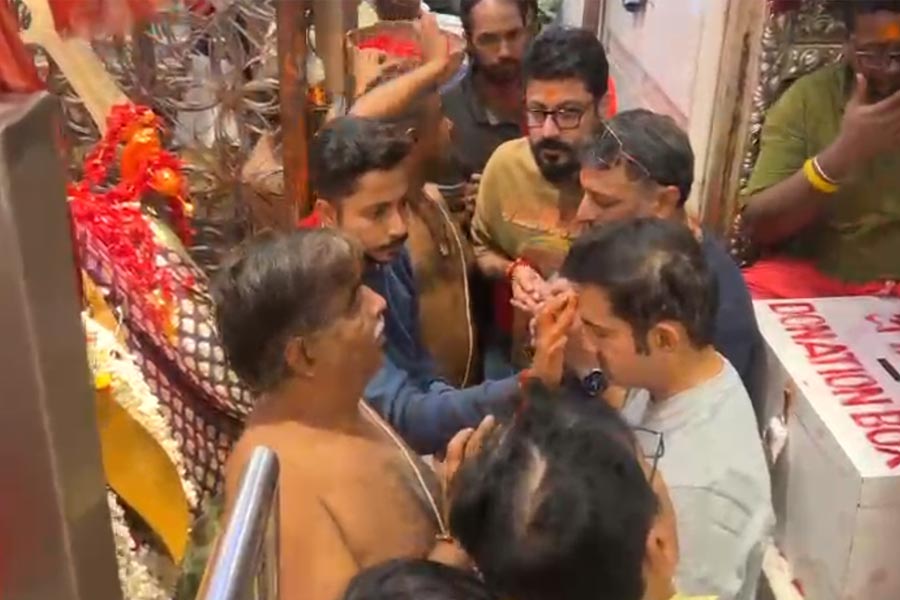Sometimes it is good to start from the end. For example, from the end of fish.
I am talking about the art of eating the fish tail. Not many are up to it. Especially if the fish has bones, fish like the rohu, the katla, even the hilsa.
Some feel uncomfortable about eating that part; others are afraid of the bones.
It is not the tail, really, that one eats, but the bit of flesh that comes attached to the tail. In general, there is a prejudice against fish with more bones. The tail-piece suffers the most because it is the boniest.
But also because of its low status. It lacks the respectability of its predecessors, the fleshier cross-sections of the fish.
The lyaja is hushed up in public. Restaurants do not serve a katla lyaja, the tail-piece as it is called in Bengali. Serving a hilsa lyaja at a place of public consumption is unthinkable: negotiating its fine filigree of bonework makes even the bravest pale. If someone is served a lyaja, even by mistake, in public, that person can feel slighted. Previously at Bengali weddings such indignity, often imagined, could lead to a full-blown row with the wedding guest who was served the lyaja staging a walkout, fuming with special entitlement if he belonged to the groom’s party. Yes, he was usually male, clad in white dhuti panjabi. A guest walking away in a huff for not being served well enough was a time-honoured Bengali wedding tradition.
This discrimination that the lyaja faces in public has its roots, like many other phenomena, in private. It starts during the family meal and has something to do with, as the disappearing figure in white has already suggested, male entitlement. Parity begins at home. Or its lack.
The boy and the father are hardly given the lyaja. Like they are not given the bony parts of chicken. They are given the machher peti, the soft, boneless and fatty part of the fish belly, or the chicken leg, which is succulent and seamlessly fleshy. The mother and the daughters, especially the mother, eat the rest of the pieces, the lyaja in particular, which most men will never, ever touch.
I wonder how this practice continues. The hierarchy of gender has been modified in many ways inside homes. Gender roles have changed. Eating habits, too. But not the excuse: men are not up to working their way through
fish bones.
Why? They can rule the world, manage all the money and negotiate nuclear deals, but will quail before fish bones? Yes, because they are in a hurry to accomplish all that and their path must be smooth, not heaped with fish bones. Or chicken bones. Or complaining women.
Beware of the chicken leg. On it stands Baba Yaga’s menacing home and also patriarchy.
End of rant. The good news now.
Those who do eat the lyaja, by necessity or by choice, such as a few good men also do, know its deep delights. A good, solid katla lyaja will come with many layers of flesh, the top one white, light and firm, which gives way to a softer, darker layer, culminating at the bottom with the softest, fattiest layer in a triangle, where the tail begins. The sides are also lined with fat.
At this point you start sucking on the bones. The best bits stick to them and are abundant recompense for all you have missed. Eyes closed, you are in heaven.
Love for the lyaja is yet not something we have learnt to speak of openly in society, such is its marginal status. We speak of this love in whispers, as if it is not polite enough. But we lyaja lovers know each other by the way our eyes light up when they rest on this most delectable of delicacies.
Perhaps the lyaja should remain exactly what it is: a secret pleasure, patriarchy
be damned!
And women cooking hilsa should stash away a couple of petis for themselves.











